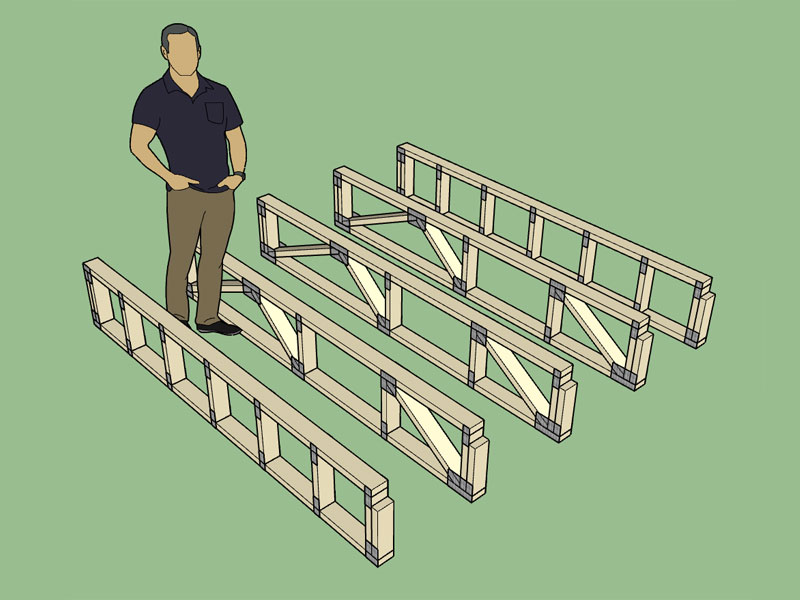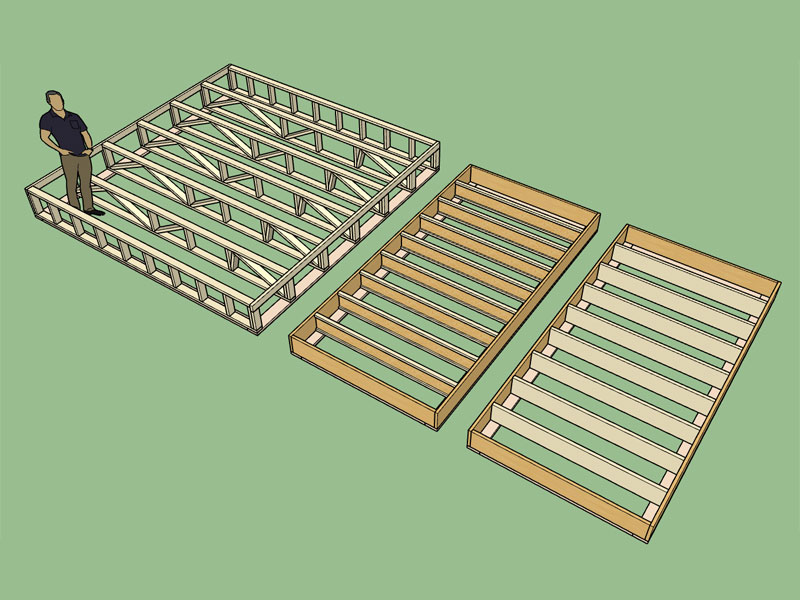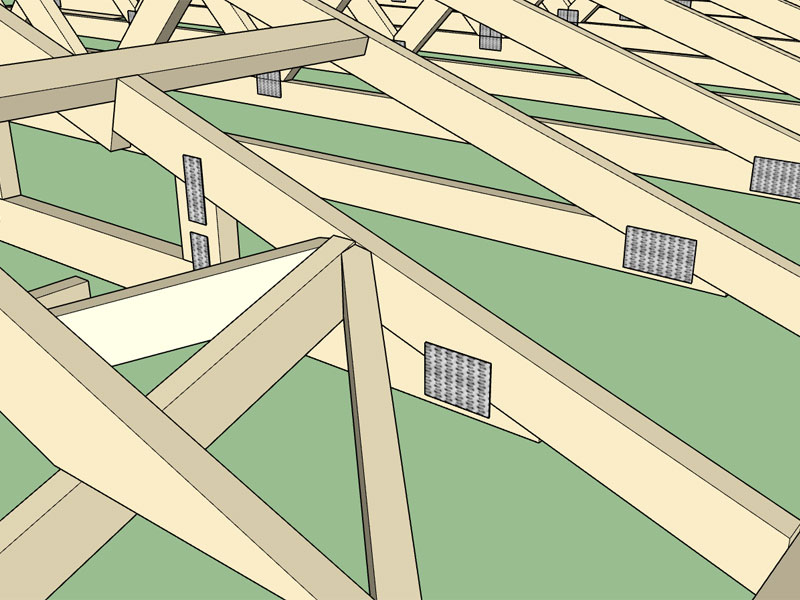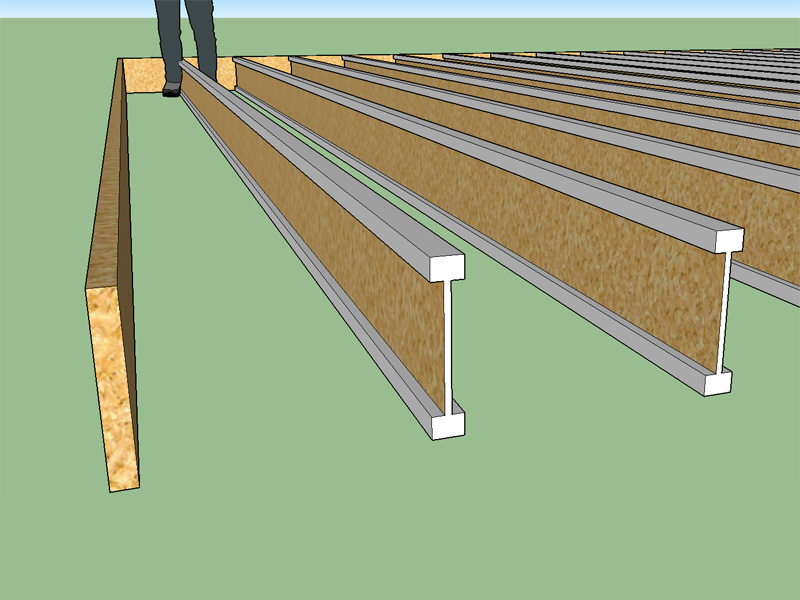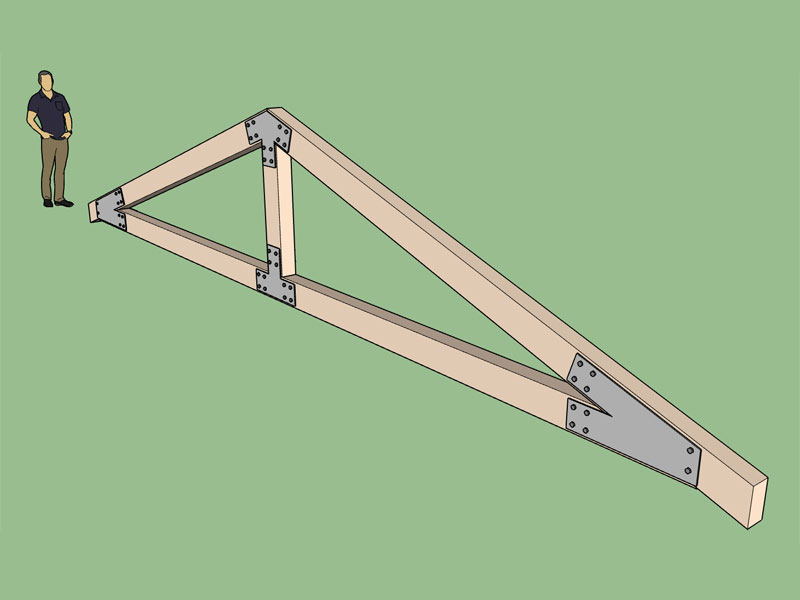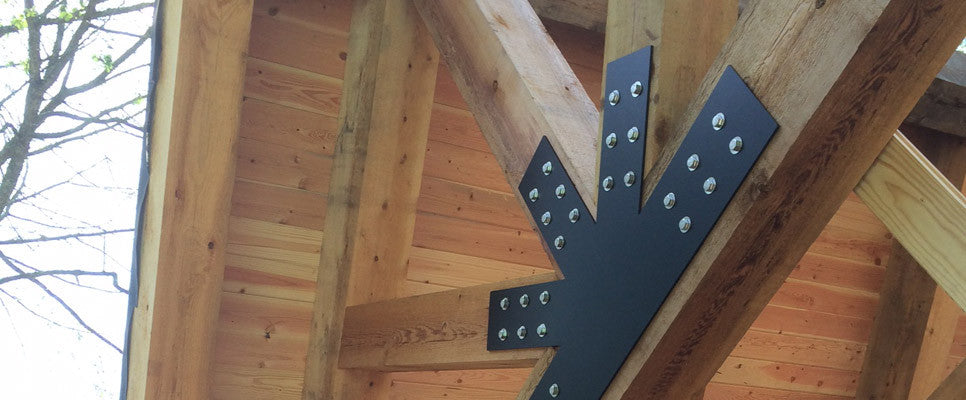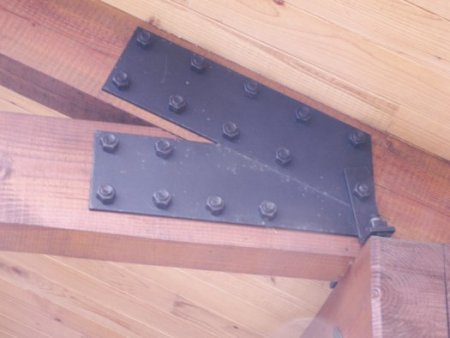Version 1.7.7 - 12.31.2016
- Enabled materials and custom layers for gable, hip, shed, TJI and dutch gable rafter roofs.
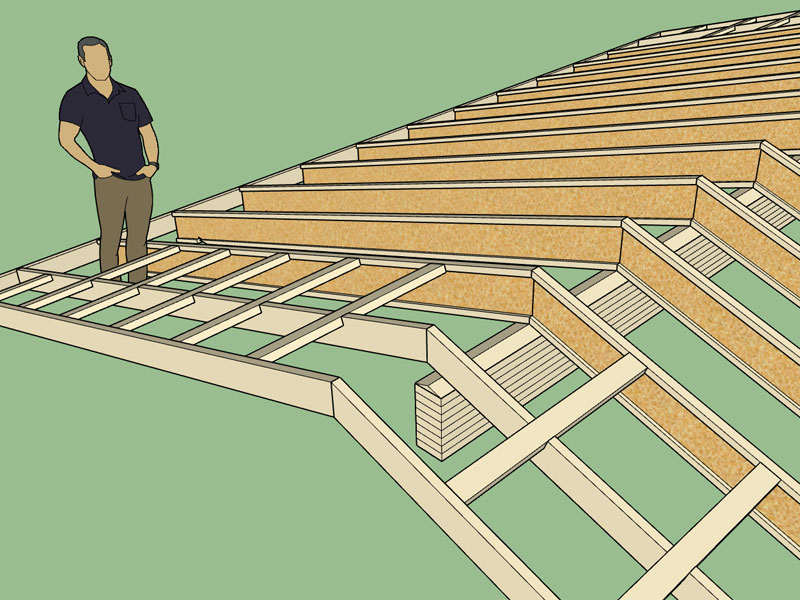
- Enabled materials and custom layers for gable, hip, shed, TJI and dutch gable rafter roofs.

SMF - Just Installed!
This section allows you to view all posts made by this member. Note that you can only see posts made in areas you currently have access to.
Show posts Menu
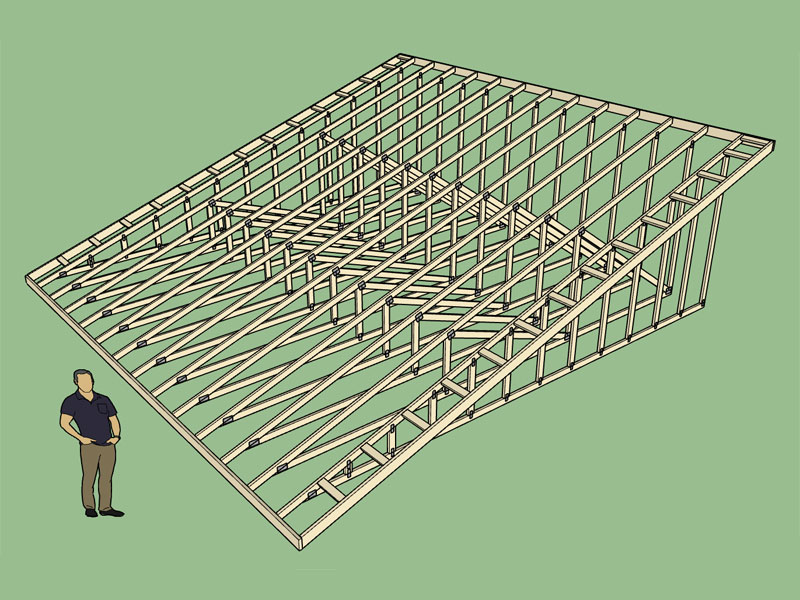
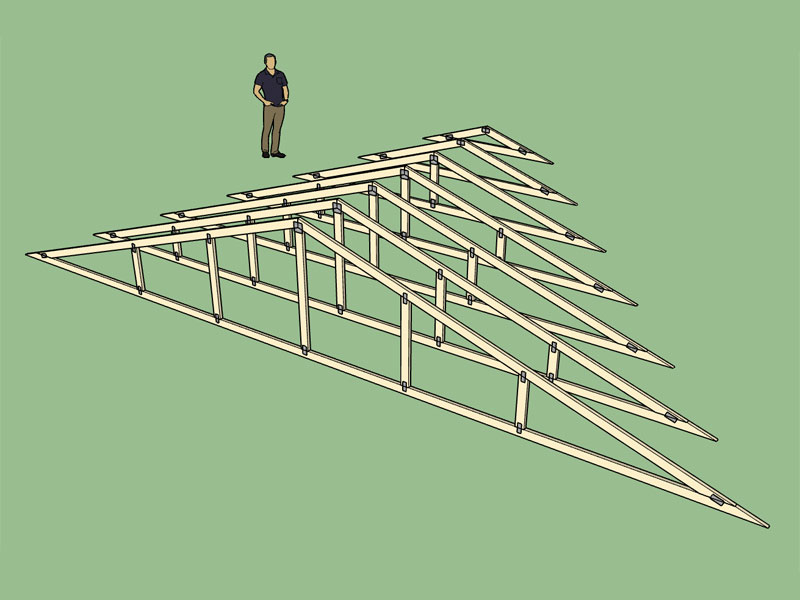

# Plate 2 (Gambrel Left)
x2 = @W2x2 - (mpcyy)/(sin(@Phi2))
y2 = @W2y2
m2 = tan(@Phi2)
x1 = @X2
y1 = @Y2
m1 = tan(@Phi1)
x0 = (y2 - y1 - m2*x2 + m1*x1)/(m1 - m2)
y0 = y1 + m1*(x0 - x1)
xoffset = (mpcxx/2.0)*(cos(@Phi2)) + (mpcyy/2.0)*(sin(@Phi2))
yoffset = (mpcxx/2.0)*(sin(@Phi2)) - (mpcyy/2.0)*(cos(@Phi2))
mpcx = x0 + xoffset
mpcy = y0 + yoffset
mpcrot = -@Phi2
MedeekMethods.metal_plate mpcx, mpcy, mpcxx, mpcyy, mpcrot, "PLGL"
# Plate 2 (Gambrel Right)
mpcx = @X5 - mpcx
mpcy = mpcy
mpcrot = @Phi2
MedeekMethods.metal_plate mpcx, mpcy, mpcxx, mpcyy, mpcrot, "PLGR"

